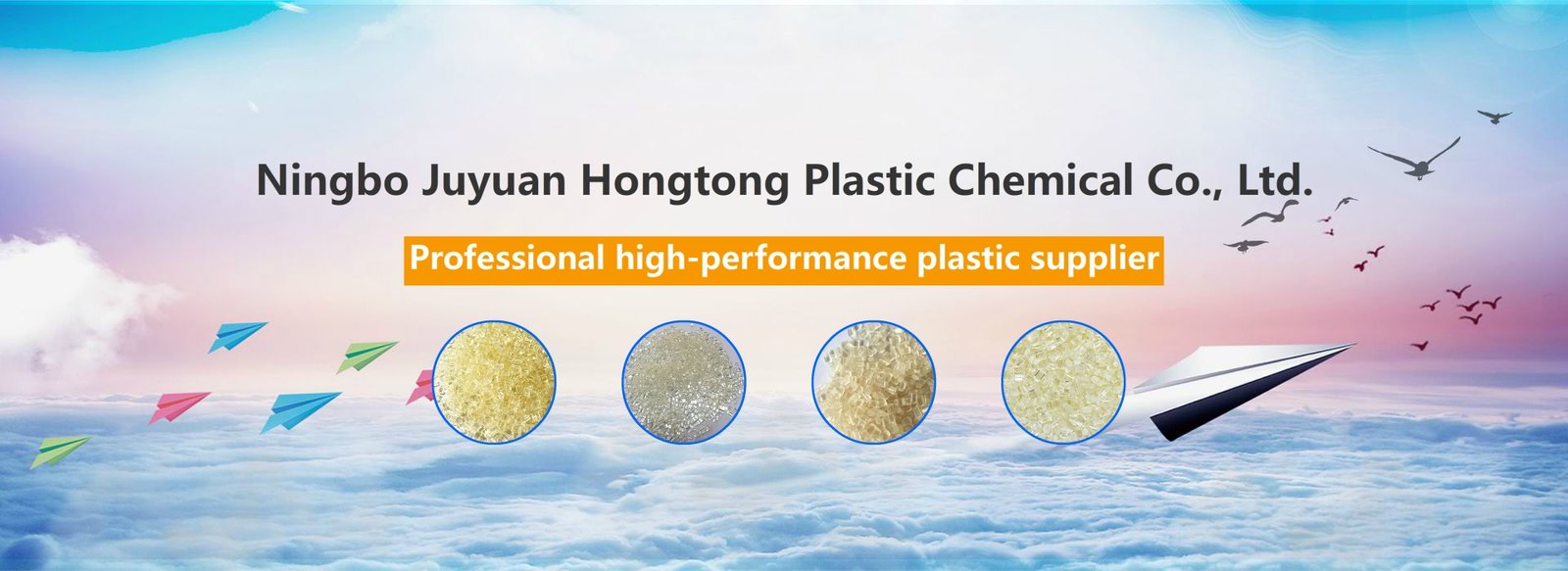In the plastic product manufacturing industry, PC (polycarbonate), ABS (acrylonitrile-butadiene-styrene copolymer) and PC+ABS Material are the three classic thermoplastic raw materials with wide applications and strong demand. With the acceleration of lightweight and high-end trends in new energy vehicles, consumer electronics, and home appliances, how to accurately distinguish and reasonably select has become the focus of many manufacturers.
As a trader focusing on the supply of plastic raw material particles, we have compiled authoritative performance comparisons, application analysis and market trends to help you select materials efficiently and reduce development and production risks.
01 | Material basis: Differences between PC, ABS, and PC+ABS Material
PC (Polycarbonate)
・Typical characteristics: high strength, high transparency, good dimensional stability, outstanding heat resistance
・Application areas: transparent structural parts, optical parts, automotive lighting, medical equipment housing
・Technical trends: transparent grade, flame retardant grade, and weather-resistant modification continue to develop

ABS (Acrylonitrile-Butadiene-Styrene Copolymer ABS Plastic)
・Typical characteristics: good toughness, easy processing, diverse appearance, and economical cost
・Application areas: luggage, home appliance housing, toys, and ordinary electronic housings
・Notes: Heat resistance and structural strength are relatively general, and toughness decreases at low temperatures
・Technical trends: Demand for high-gloss ABS, weather-resistant ABS, and environmentally friendly recycled ABS is growing

・Typical characteristics: Combining the strength of PC and the toughness of ABS, with a balanced comprehensive performance, toughness, heat resistance, and good appearance
・Application areas: automotive interior and exterior, 3C electronic housing, high-end luggage, and industrial equipment
・Technical trends: Halogen-free flame retardant, chemical resistance, high flow and low shrinkage formulas are favored by the market

02 | Material Comparison: PC vs ABS、PC vs PC+ABS、ABS vs PC+ABS
PC vs ABS: Strength vs Cost Balance
| Parameter | PC (Polycarbonate) | ABS (Acrylonitrile Butadiene Styrene) |
| Mechanical Strength | High, ideal for structural components | Moderate, suitable for non-load-bearing parts |
| Transparency | Transparent / Natural available | Opaque, surface easy for decorative finishes |
| Heat Resistance | High temperature resistance (>100°C) | Moderate, typical long-term use 60-80°C |
| Cost | Relatively high | Cost-effective, budget-friendly |
Summary: PC is recommended for products requiring high strength, transparency, and heat resistance. ABS is suitable for mass-market, cost-sensitive applications.
PC vs PC+ABS: Extreme Performance or Balanced Solution?
| Parameter | PC (Polycarbonate) | PC+ABS Alloy |
| Strength | Very high, ideal for demanding structural parts | Balanced with excellent toughness and strength |
| Processability | Moderate flowability | Excellent, suitable for complex mold designs |
| Appearance | Mostly transparent or natural color | Wide color options, compatible with various surface treatments |
| Cost | High | Cost-effective with strong overall performance |
Summary: Pure PC is used for high-transparency and structural components, while PC+ABS alloy is widely applied in electronics, automotive, and durable consumer goods.
ABS vs PC+ABS: Economy vs Enhanced Performance
| Parameter | ABS | PC+ABS Alloy |
| Strength / Toughness | Moderate | High toughness, excellent impact and heat resistance |
| Appearance | Easy to color, good surface finish | Also offers excellent appearance with improved durability |
| Cost | Most economical, suitable for mass-market products | Slightly higher cost, but significantly enhanced performance |
Summary: ABS is ideal for general product housings, while PC+ABS offers superior mechanical strength and durability for higher-end applications.
PC vs ABS vs PC+ABS Performance Comparison Overview
03 | Selection Guide: Tailored Materials for Different Needs
| Application Scenario | Recommended Material |
| High strength, heat resistance, transparency required | PC Resin |
| Cost-sensitive, appearance parts, general structural use | ABS Pellets |
| Balanced performance, optimized cost and mechanical properties | PC+ABS Material |
04 | Popular Grades of PC, ABS, and PC+ABS Resin for Industrial Applications
| Material Type | Brand | Grade | Key Features | Typical Applications |
| PC (Polycarbonate) | Covestro | Makrolon 2405 | High transparency, good processability | Optical parts, lighting covers, instrument housings |
| Covestro | Makrolon 2605 | High impact strength, excellent clarity | Electronics housings, protective covers | |
| LG Chem | LUPOY GP1006R | High flowability, good toughness | Consumer electronics, structural parts, household products | |
| Mitsubishi Eng. | Iupilon S3000UR | High heat resistance, dimensional stability | Automotive components, electronics | |
| ABS (Acrylonitrile Butadiene Styrene) | CHIMEI | PA-757 | Good toughness, easy processing, cost-effective | Home appliances, toys, general enclosures |
| CHIMEI | PA-765B | High heat resistance, low warpage | Electronics housings, automotive interiors | |
| LG Chem | HI121H | High gloss finish, mechanical strength | Automotive trims, household appliances | |
| FCFC | AG15A1 | High flow, excellent surface stability | Electronics enclosures, industrial products | |
| PC+ABS Material | Covestro | FR3008 | Halogen-free flame retardant, UV resistant, chemical resistance | Automotive parts, electronics, industrial housings |
| Covestro | FR3010 | Flame retardant, dimensional stability, impact resistance | Electrical housings, electronic components | |
| LG Chem | GN5001RF | High flowability, heat resistance, low warpage | Automotive, electronics, household structures | |
| CHIMEI | PC-365 | High impact strength, heat resistance, good processability | Automotive parts, electronics, power tools housings | |
| CHIMEI | PC-345 | Fast molding, good toughness, economical option | Outdoor equipment, household enclosures, electronic parts |
04 | Industry trends: the rise of environmentally friendly, lightweight, and weather-resistant materials
Sustainable development: RoHS and REACH promote halogen-free flame-retardant and recyclable PC+ABS alloys
New energy vehicles: demand for weather-resistant PC and PC+ABS for headlights and interior decoration is growing
3C and home appliance fields: thin and light, high-strength shell materials gradually replace traditional ABS
Global trade data shows that the market demand for PC+ABS alloy particles has increased by more than 20% in the past two years, especially in electric vehicles, smart wearables, and medical shells.
05 | Trader advantage: multi-brand raw material supply, flexible and efficient
As a professional plastic raw material trading partner, we help you:
✔ Multi-brand genuine products: supply original particles such as Covestro, LG, Chimei, SABIC, LOTTE, etc.
✔ Customized modification service: flexible customization of flame retardant, enhanced, weather-resistant, light-stable, and chemical-resistant solutions
✔ Technical data support: provide detailed physical property tables, selection suggestions, and processing guidance
✔ Efficient supply chain: fast response, stable inventory, and guaranteed delivery time
06 | Conclusion: Scientific material selection determines product competitiveness
Facing the diverse raw material choices of PC, ABS, and PC+ABS, scientific analysis and reasonable matching are essential. Whether you are concerned about product performance, cost optimization, or processing efficiency, you can get the right plastic particle solution through our one-stop service.
Contact us now to get the latest raw material quotes, technical data, and selection support to help products land quickly and improve market competitiveness.

